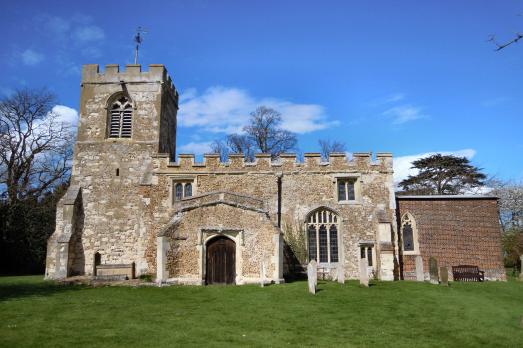
St Nicholas
Hinxworth, Hertfordshire | SG7 5HD
We are a friendly parish church in the beautiful small, north Hertfordshire village of Hinxworth.
Search for a fascinating place to visit, or see the variety of churches, chapels and meeting houses we have supported.

Hinxworth, Hertfordshire | SG7 5HD
We are a friendly parish church in the beautiful small, north Hertfordshire village of Hinxworth.
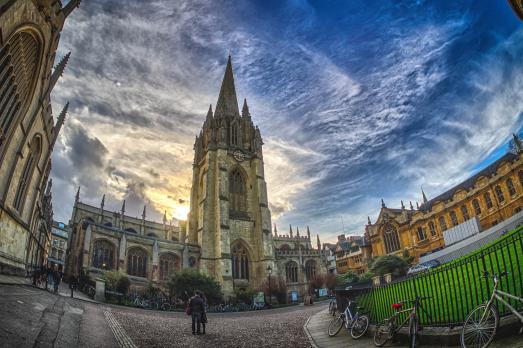
Oxford, Oxfordshire | OX1 4BJ
There has been a church on this site for a thousand years, standing in the very centre of the ancient walled city of Oxford.
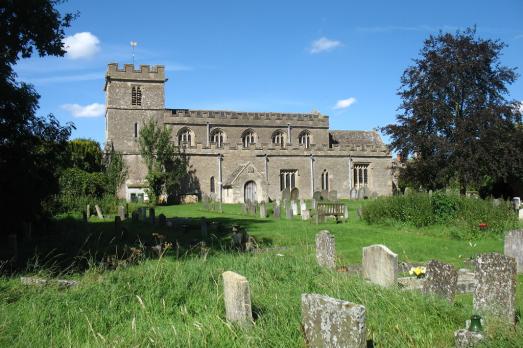
Oaksey, Wiltshire | SN16 9TB
This Grade I church is mainly Perpendicular.
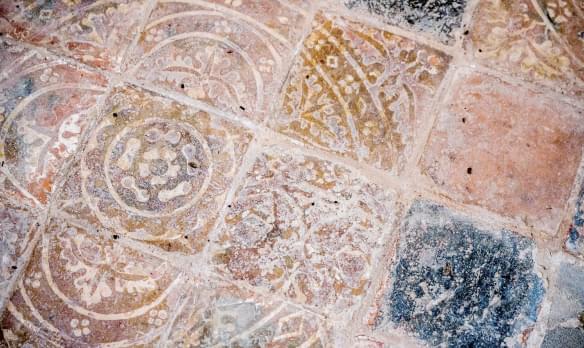
Oxford, Oxfordshire | OX1 4EH
Oxford's central United Reformed Church, dating to 1915.
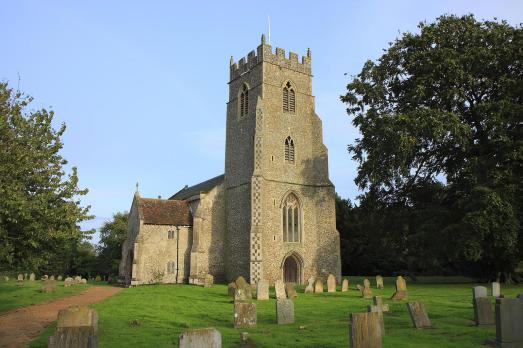
North Tuddenham, Norfolk | NR20 3DQ
Treasured church with a 14th century tower, loved for its stained glass windows, rood screens, windpipe organ and unique wall tiling.
We have supported this church

Thompson, Norfolk | IP24 1QD
St Martin's is a medieval gem that looks much as it did in the 17th century when it was last altered with a rare 14th century scissor braced roof.
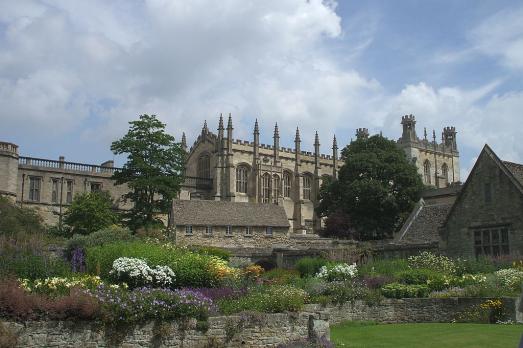
Oxford, Oxfordshire | OX1 1DP
Christ Church College in Oxford is unique in having the only college chapel that is also a cathedral, founded as a convent by St Frideswide in the 8th century, but the oldest parts of the church date from the 12th century, when it was place of pilgrimage.
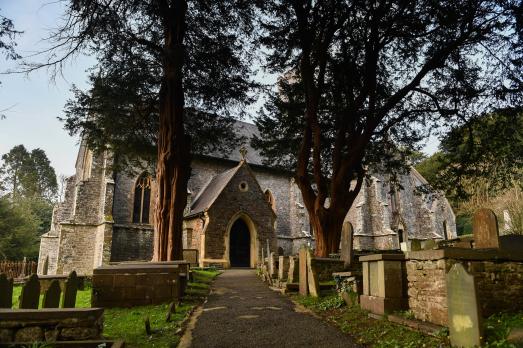
Laugharne, Carmarthenshire | SA33 4QP
Thousands of people come here every year to see the grave of poet Dylan Thomas, marked by a simple white cross.

Crudwell, Wiltshire | SN16 9EP
The Grade I church is mainly 12th and 13th century.
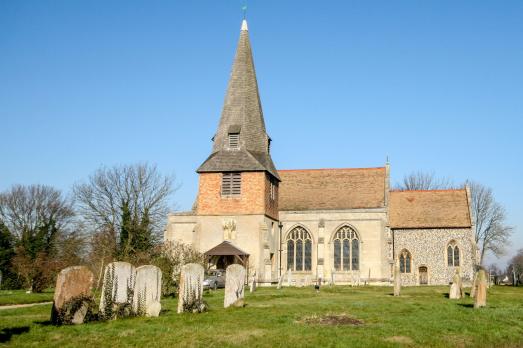
Steeple Morden, Cambridgeshire | SG8 0NJ
The church was rebuilt in the early 13th century, giving the village its present name, and consisting of an aisled nave, a central tower, and a chancel.
We have supported this church

Castle Eaton, Wiltshire | SN6 6LB
This Grade I church is situated on the banks of the Thames.
We have supported this church
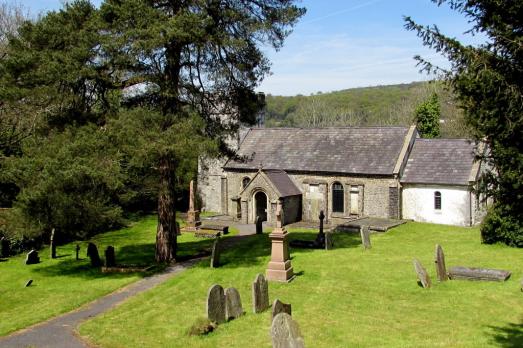
Neath, Glamorgan | SA11 3AA
Legend has it that Illtyd used to retreat to this spot during Lent.